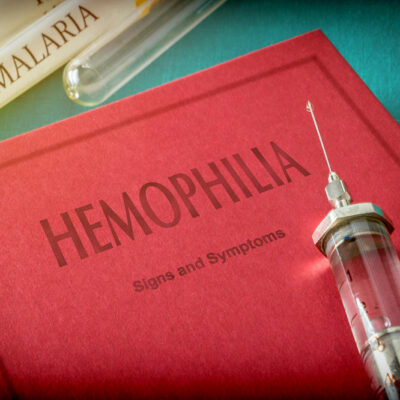
Early Signs and Tips to Prevent DVT
Deep vein thrombosis (DVT) is a serious medical condition in which a blood clot forms in deep veins. These clots mostly appear in the lower leg, pelvis area, or the thigh, but at times, it can also develop in other parts of the body. Obesity, smoking, varicose veins, blood clotting disorders, and chronic leg swelling are among the few risk factors that can trigger DVT. Understanding risk factors and knowing the early signs and prevention tips for DVT is important to keep the condition at bay.
Early signs for DVT
At times, people do not show any DVT symptoms. But if they do, the common signs include:
- Swelling in the leg or arm.
- Warm skin around the area that hurts.
- Enlarged or swollen veins.
- Change in the color of the skin. It appears to be reddish or blue
- Soreness, especially when you walk or stand
- Pain in the leg (rarely both legs)
Prevention tips for DVT
Understanding the early signs and prevention tips for DVT is important to avoid aggravating symptoms.
- Adopt an active lifestyle: Exercising and having an active lifestyle helps in preventing DVT. When you sit for long stretches of time, it affects the muscles in your lower legs. Being a sedentary lifestyle can make your muscles weak. This makes it difficult for the blood to circulate or move around. Even long flights or car rides can put you at risk. Avoid wearing tight clothing when traveling long distances. It is best to get up from your seat after a while. Flex your feet to stretch out your calves, even in an aircraft. Walking and swimming regularly helps keep DVT away.
- Quit smoking: Smoking makes blood cells thick and sticky than they are supposed to be. It also harms the lining of the blood vessels. This makes it easier for clots to form. So, it is important to quit smoking and prevent any risk of DVT.
- Make dietary changes: Drink lots of fluids to improve the circulation of blood. Also, include herbs such as ginger, turmeric, cayenne pepper, and omega-3 fatty acid in your everyday diet to lower the risk of DVT. Foods rich in vitamin E such as olive, corn, and soybean oils are natural blood thinners.
- Shed excessive weight: Obesity raises the chances of DVT in people that have a body mass index over 30. Thus, losing excess weight helps prevent the blood from clotting.
- Keep blood pressure in check: High blood pressure can be regulated by making dietary changes such as reducing salt and sugar intake. This plays an important role in preventing DVT.
It is imperative to familiarize yourself with the early signs and prevention tips for DVT. This information can reduce the odds of DVT. Early symptom recognition and diagnosis of this disorder can help get timely treatment. Simple yet important lifestyle changes go a long way in reducing the chances of getting affected with DVT.


